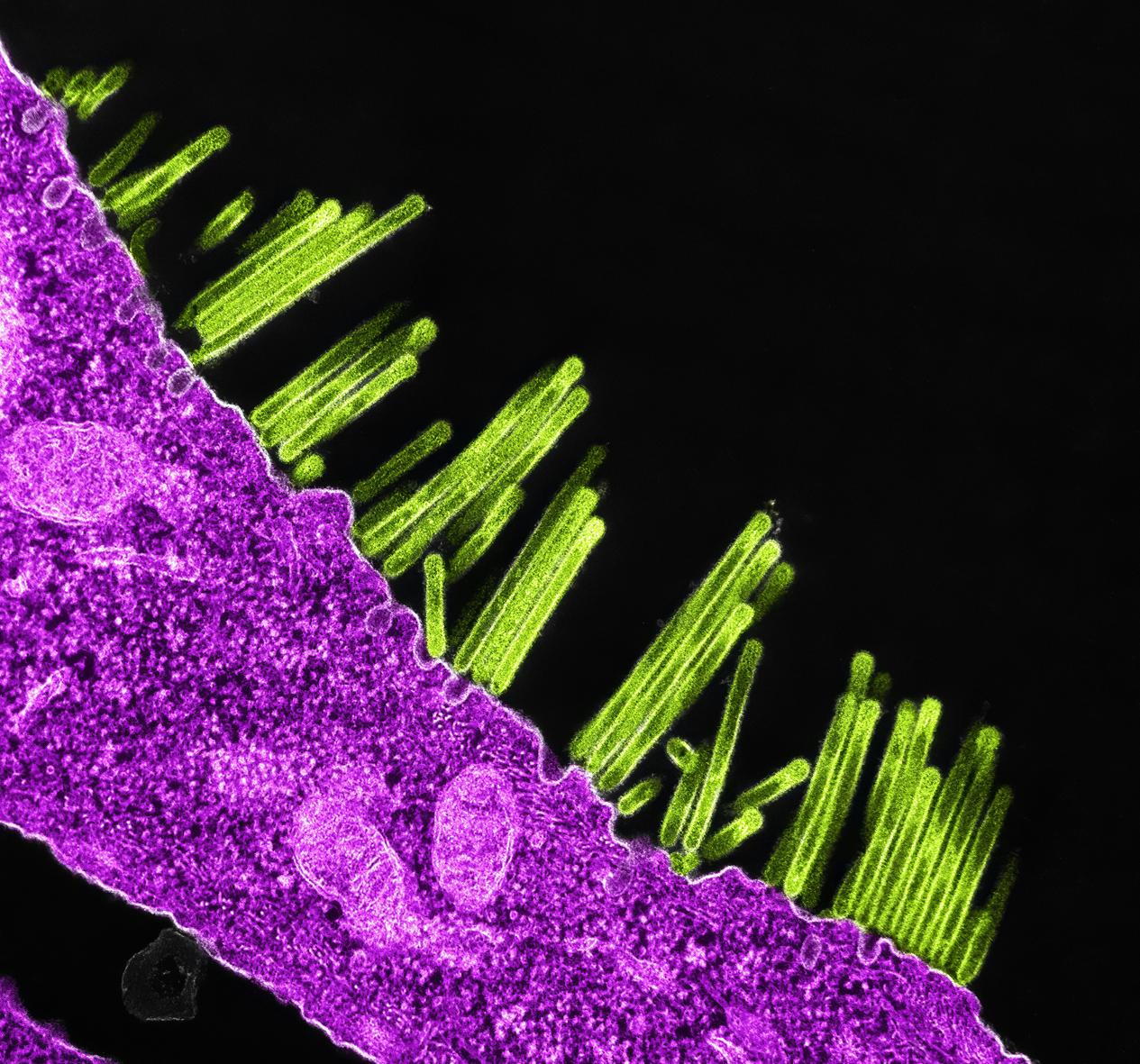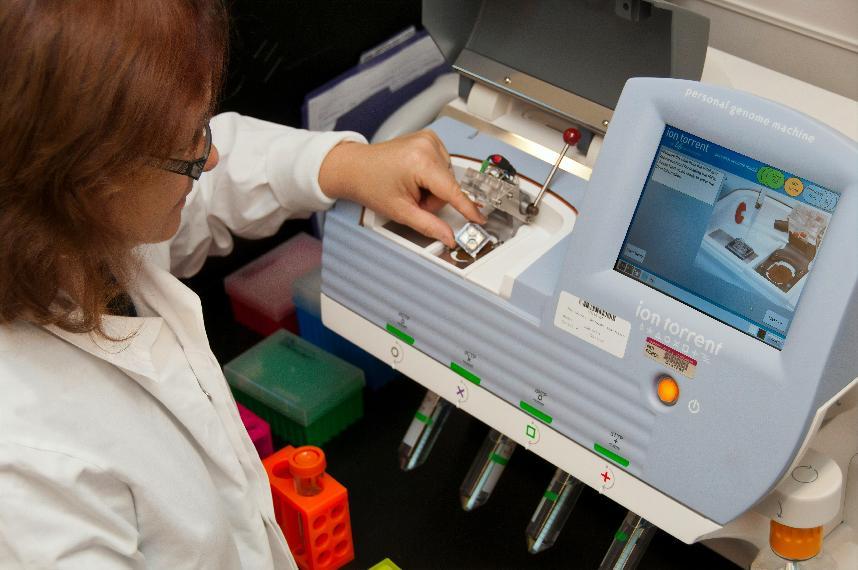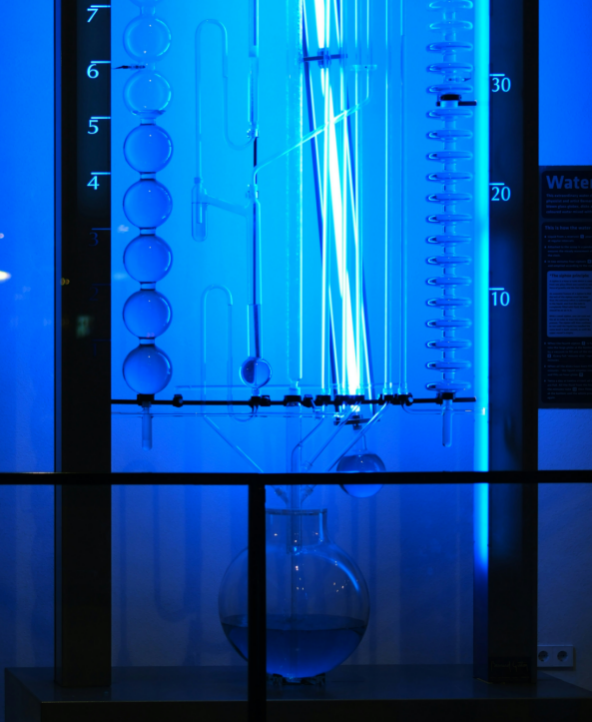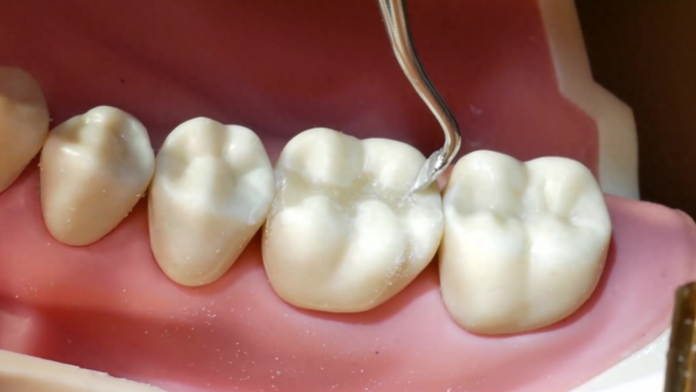In the vast universe of medical research and development, the subdivision of intestinal bacteria transplantation is like a hidden pearl, emitting a unique and mysterious light. Although it is not as eye-catching as the research and development of new anticancer drugs, it quietly rewrites the future chapter of disease treatment with amazing potential.
The intestine is often regarded as the "second brain" of the human body, which is not empty talk. There are trillions of microorganisms living in it, and they are interdependent with the human body, building a complex and exquisite micro-ecosystem. When this system is imbalanced, illness can take advantage. Enterobacteriaceae transplantation is to transplant the intestinal flora of a healthy donor to the patient's intestine, recast its intestinal micro-ecology, let the beneficial bacteria regain control of the situation, and expel the "rebel" of the harmful bacteria.

Imagine carefully operating in a sterile environment, and researchers are treading on thin ice from the beginning of donor screening. Donors need to go through layers of physical examination, and the composition and vitality of intestinal flora, even living habits and diet structure should be taken into account. If there is a slight difference, the transplanted flora may turn around and induce a new health crisis. The transplantation process is a test of technology and wisdom. Whether assisted by nasal feeding tubes, capsules or colonoscopy, we strive to make the flora reach the "new home" of the intestine accurately and harmlessly, and every link seems to be carrying out an "interstellar migration" in the micro-world.
Walking into the laboratory, under the microscope, those different forms of flora are like residents of the micro-universe. They either gather together or swim independently. Every division and release of metabolites may be related to the patient's physical fate. By using high-throughput sequencing technology, the R&D personnel track the "migration dynamics" of the transplanted flora, and interpret how they "work together" with the patients' own remaining beneficial bacteria, gradually suppress pathogenic bacteria and repair the damaged intestinal barrier, just like lighting a beacon of hope in the dark night to dispel the haze for patients suffering from Clostridium difficile infection and inflammatory bowel disease.

More interestingly, the influence of intestinal bacteria transplantation seems to go beyond the intestine itself. Studies have found that it is inextricably linked with seemingly unrelated diseases such as obesity, diabetes and autism. In animal experiments, the intestinal flora of obese mice was transplanted into normal mice, and the latter gradually gained weight; However, the social behavior disorder of mice with autism has been significantly improved after enterobacteria transplantation. It is necessary for us to re-examine the "hidden manipulator" of the intestinal flora due to this. Does it hold the mysterious key to the treatment of many diseases?

Although enterobacterial transplantation still faces many challenges, such as the establishment of standardized procedures and long-term safety evaluation, the success of every experiment and the relief of symptoms of every patient are adding momentum to this field. In the future, with the advancement of technology and the deepening of cognition, perhaps enterobacteria transplantation will move from a niche in the laboratory to the front desk of mass medical care, and become another important force in medical research and development. Let us look forward to the brand-new world it has opened up for human health.





